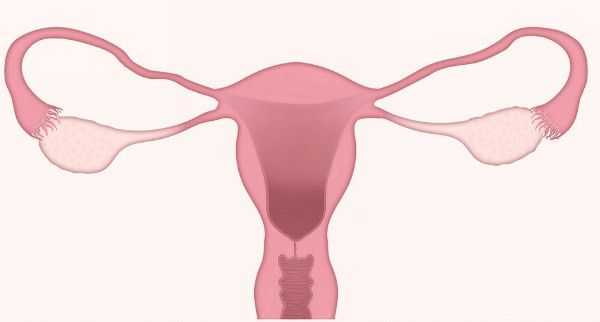How well do you know your cervix? Surefire ways to prevent cervical cancer

MANILA, Philippines — If you were shown an illustration of the female reproductive system today, would you be able to correctly point out the cervix?
Just how well do you know your cervix, and have you been paying attention to it lately?
You would probably say “no,” and the sad truth is that this answer would be echoed by countless women all over the world. In a 2016 study involving 1,000 British women, only one-third of them could correctly identify the exact location of the cervix in a diagram. And in a U.S. survey among college students, only 46% of women correctly pointed out the cervix in a diagram. It is a global truth that women only give the attention that their cervix deserves when something goes wrong with it.
In the Philippines, cervical cancer has quietly climbed its way to the No. 2 spot when it comes to leading types of cancer among women.
“According to the Department of Health (DOH), an estimated 7,897 new cases of cervical cancer occur every year, while deaths due to cervical cancer amount to 4,052 annually,” said Dr. Glenn Benitez, a gynecologic-oncologist from the Department of Obstetrics & Gynecology of Makati Medical Center (MakatiMed).
The sadder truth is that these deaths could have been prevented had the “victims” only paid proper attention to their cervix. Cervical cancer is, after all, almost totally preventable.
The cervix is that cylinder-shaped, inch-long tunnel located between the vagina and the uterus that allows fluid to course to and from the uterus.
“Menstrual blood flows from the uterus to the cervix and out the vagina. When you’re ovulating, the cervix releases a less viscous and less acidic type of mucus so sperm can easily pass through the uterus and fertilize an egg,” explained Dr. Benitez.
He added: “During a vaginal birth, the cervix widens or dilates, helping the baby come out from the uterus; and when you’re not pregnant, the cervix prevents microbes from going all the way up to your uterus.”
The big question is: How does cervical cancer develop? Of all types of cancer, it is probably in cervical cancer that science has achieved much breakthrough. “We now know the various risk factors and the ‘necessary trigger’—the Human Papilloma Virus (HPV)—that starts the development of cancer in the cervix. It is now believed that persistent high-risk HPV infection over many years can lead to cervical cancer,” said Dr. Benitez, who goes on to point out that high-risk HPV usually has no gross features and can only be detected with special HPV DNA tests, while low-risk HPV types may have skin or genital warts.
Only when it is already on its invasive stages does cervical cancer begin to show symptoms. These symptoms include unusual vaginal bleeding, an unpleasant vaginal discharge, lower back pain, and a general feeling of fatigue.
So, before you reach this stage, it is important to try to arrest cancer development through early detection.
- Have a Pap smear done. Be vigilant about your own health and do what needs to be done. Experts recommend that a Pap smear be done every three years for women between ages 21 and 65, or every five years if combined with testing for HPV. A Pap smear is a test where samples of cells from the cervix are collected and sent to a lab for screening, as it can detect pre-cancerous cells that can be removed before they progress into the invasive phase. With screening and the use of the new HPV DNA=based tests, cervical cancer can be prevented or, if detected in its early stages, cured.
- Take the HPV vaccine. Ask your doctor about it. Given in three doses over a period of six months, the vaccine provides almost 100% protection against High-Risk HPV 16/18 infections and the pre-cancers caused by these two strains of HPV. “Available to both boys and girls, the vaccine can be administered to them between the ages of 9 and 12. This can probably help prevent almost 90% of HPV related cancers when they get older. The vaccine has also been approved for use for women up to age 45,” said Dr. Benitez.
- Make lifestyle changes. One such change that you can make is to quit smoking. Smokers have double the chance of developing cervical cancer than non-smokers because tobacco by-products are believed to initiate cervical cellular changes that can lead to cancer.
- Develop habits that are beneficial to the cervix, the reproductive system, and one’s overall well-being. These include maintaining a healthy weight and following a diet rich in fruits and vegetables.
RELATED: Catriona Gray can’t believe menstruation used on faces vs acne; reacts to menstrual leave


















